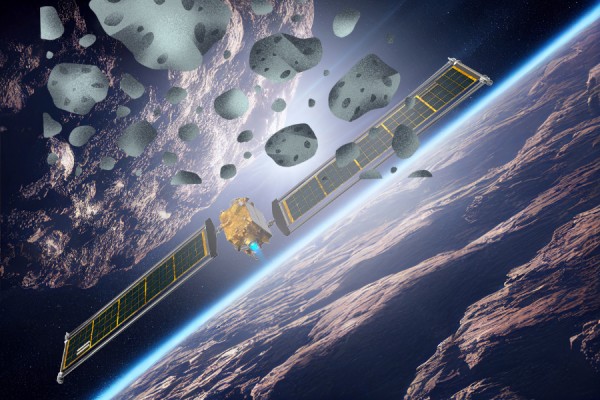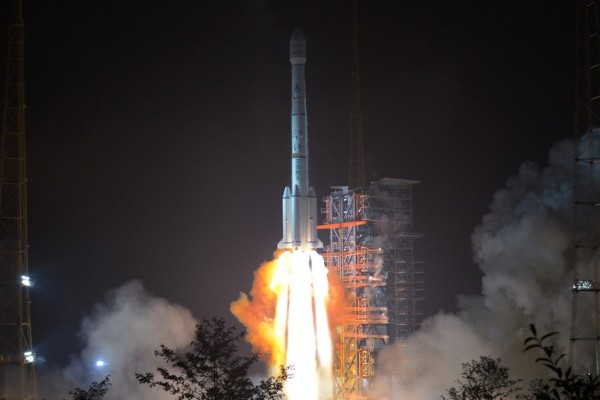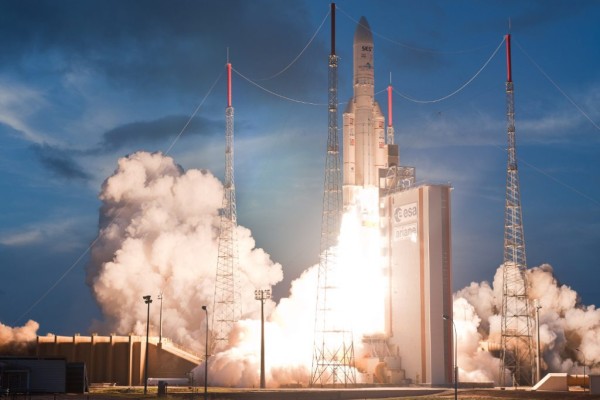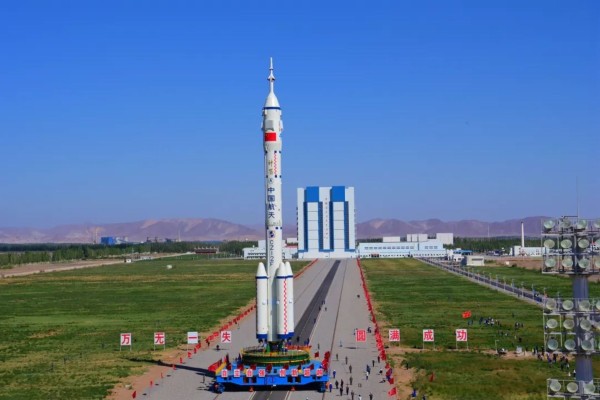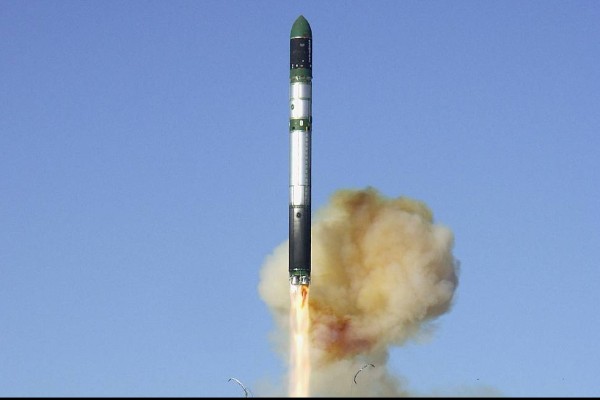- Space
- 1 year before
Ariane 5: Europe's Power and Technological Success in Space
Discover the impressive journey of Ariane 5: Europe's significant achievements in space exploration and international satellite launch capability
-

- 1 year before
- Category: Space
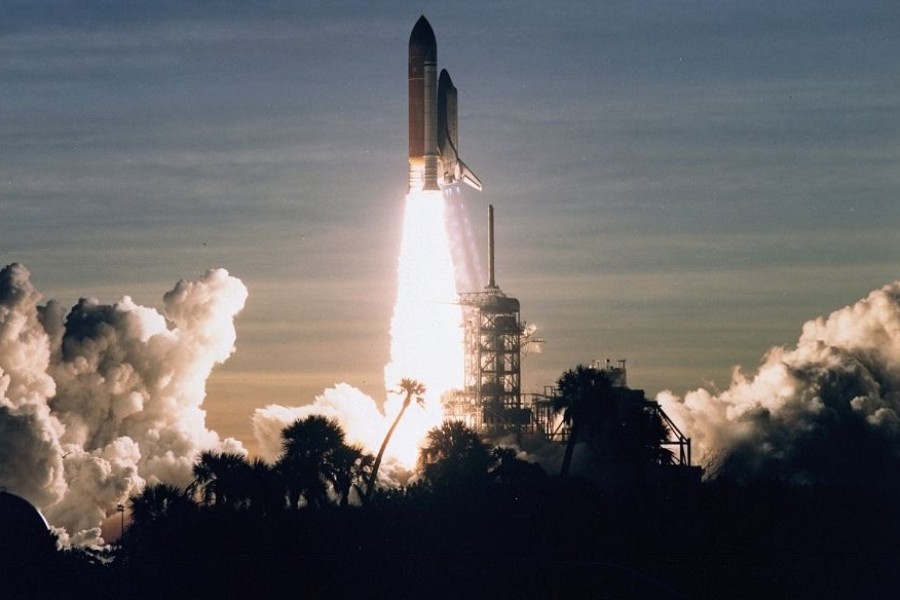
Ariane 5 is a heavy payload carrier rocket developed by the European Space Agency (ESA) and operated by Arianespace. Ariane 5 is particularly notable for its ability to carry payloads to a variety of orbits, such as geostatic transfer orbit (GTO) and low Earth orbit (LEO). In this article, we will examine the design, technical characteristics and important tasks of Ariane 5.
Design and Features
The ariane 5 is a project contributed by numerous European countries and made its maiden flight in 1996. The rocket has a two-stage design: a main cryogenic stage and a single or double propellant rocket. The main stage is powered by liquid hydrogen and liquid oxygen and is powered by the Vulcain 2 engine. The total height of the rocket varies from 46 to 52 meters and has a weight of 777,000 kgAchievements and Important Missions Ariane 5 has been used in many important missions
and has made 82 consecutive successful launches. In addition to important scientific missions such as the James Webb Space Telescope, it has also carried various communications satellites into orbit. The rocket is also known for its dual satellite launch capability, making this feature attractive to commercial satellite operators
Contributions to the Space Industry Ariane
5 has played an important role in Europe's space exploration and satellite launch capability. The success of the rocket has increased Europe's independence and competitiveness in the space industry. In addition, the development of Ariane 5 formed the basis for the subsequent Ariane 6 project. Ariane 5 is a powerful symbol demonstrating Europe's capabilities in space exploration and satellite launching. With its achievements in both scientific and commercial missions, Ariane 5 has made significant contributions to the development of space exploration. Retired in 2023, this rocket has gone down in history as an example of technological innovations and international cooperation that are driving the future of the space industry

